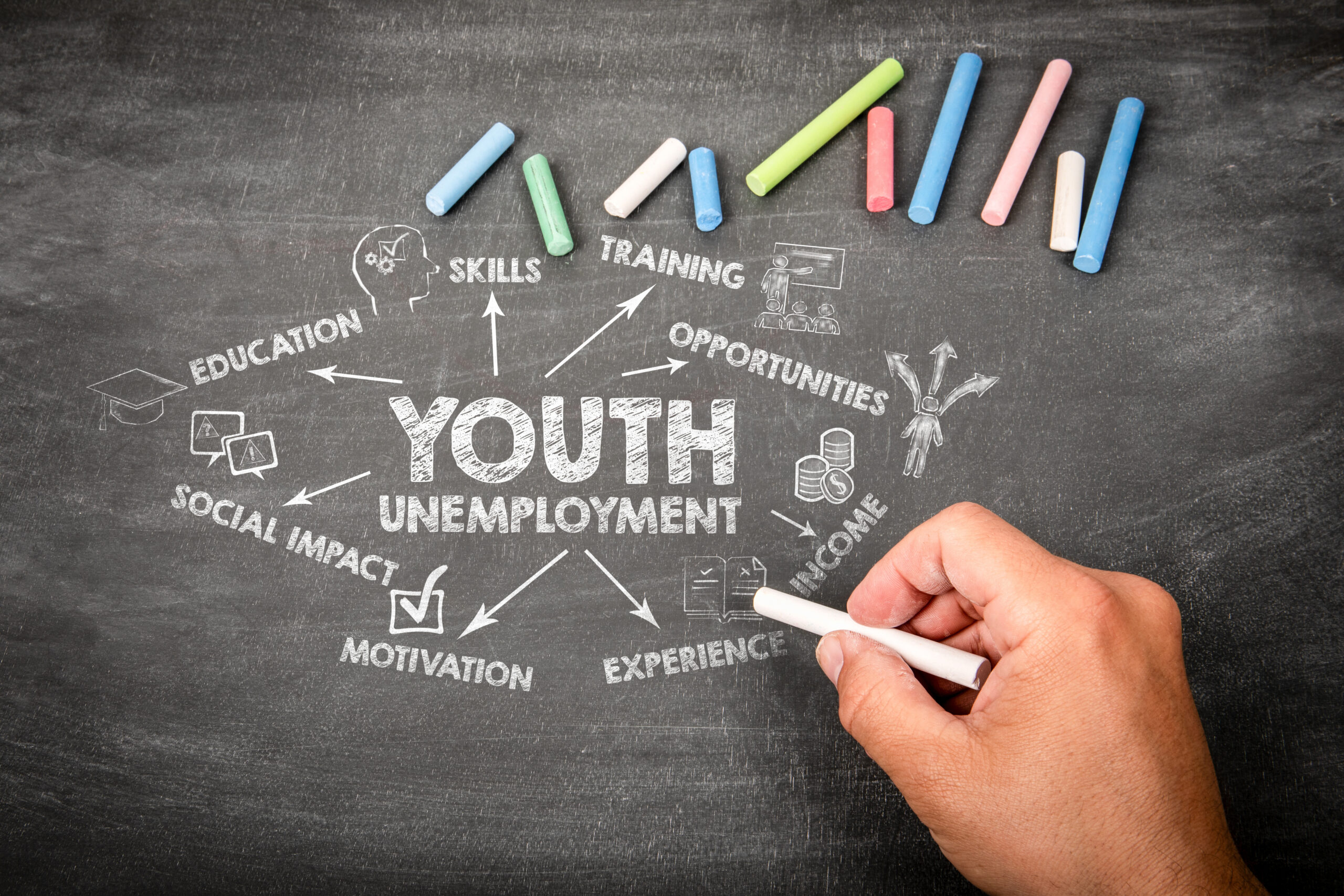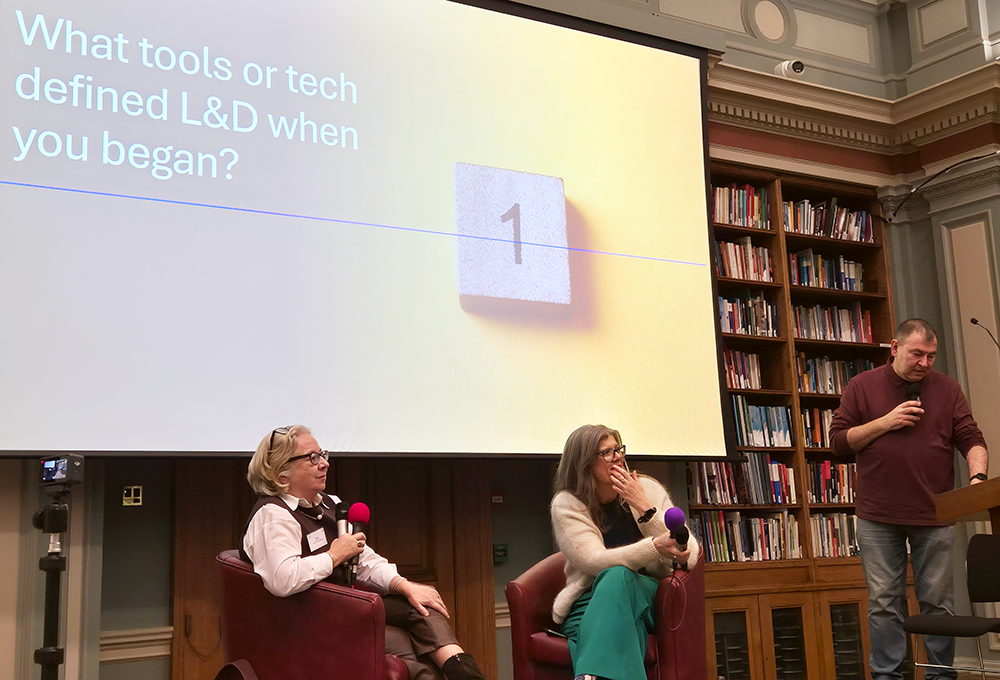Terence Brake gives TJ some quick tips to keep conversations collaborative.
Reading time: 3m 30s.
A collaborative conversation is a purposeful, outcome-driven conversation aimed at building on each other’s ideas. They generate new thinking and/or a more in-depth understanding of a desired outcome, e.g. a solution to a problem, a definition of a shared process.
It also increases productivity and ownership of the outcome, results in fewer conflict and power struggles, promotes better decision making, and heightens creativity. According to the educator, Doug Fisher, a collaborative conversation is one in which participants “argue without being argumentative and disagree without being disagreeable.”
How should you lead a collaborative conversation?
- Establish desired outcomes for the conversation (no more than 2 or 3 otherwise the conversation will drift aimlessly). Don’t try to do too much in each conversation. This is particularly the case in virtual conversations in which it is easy to lose concentration.
- Set a cooperative rather than a competitive tone. A competitive conversation is like a sword fight – cut and thrust. When the tone is competitive, the most articulate and most powerful tend to dominate which stifles creativity and promotes group thinking. A collaborative conversation is more like playing on a soccer team – quick passing backwards and forwards between players who are committed to scoring in the same goal. Participants in a collaborative conversation look to interweave their views with the views of others and co-create agreements.
- Keep contributions short. Points should be made in a few words and build incrementally into a coherent whole. Points get lost in speechifying. Remember – this is a collaborative conversation, a dialogue, and not a series of presentations.
- Check often for meaning. Say something like, “What I hear you saying is _______.” Show that you are quite comfortable being corrected. Articulate what you have heard in your own words, clearly and persuasively (even if you disagree with the speaker).
- Summarise points of agreement and disagreement. Taking the time to summarise agreements periodically (not just at the end) is important because it checks for the accuracy and depth of shared meaning. Superficially made agreements may unravel during the summarising process; this allows for developing more robust agreements. Disagreements should also be summarised. They help focus the collaborative group on where more work might need to be done; it might also turn out that the disagreements are more superficial and more easily managed than previously thought.
- Integrate the points made by others. You are in a collaborative conversation not a monologue, and so remember to integrate points made by others. This demonstrates you are listening intently and respecting others. It also opens up possibilities for the creative exploring and linking of ideas.
- Be inclusive. It might be difficult for members of some cultures – and those with less fluency in the ‘official’ language – to engage in a flowing collaborative conversation. You do not want to lose their input, and so you will need to be creative. Technology can help by providing tools that enable participants to contribute before, during, and after a conversation. For example, an asynchronous discussion on social media before a live conversation can help gather input. Instant messaging/Twitter or use of whiteboards during a conversation can also facilitate a more inclusive discussion (some tools allow for anonymity). Posting notes after a conversation on a collaborative writing tool (wiki) and asking for comments/additional input provides another channel for input.
- Create short and long-term memory banks. During a collaborative conversation it is useful to record all points made. Turns can be taken to be the recorder. Some points might be glossed over in a flowing and energetic conversation, and it could be very valuable to have them held in a ‘parking lot’ or ‘holding tank’. Stored notes (or a recording) of the whole conversation can support long-term memory so that the group doesn’t need to start all over again each time. Not trying to do too much in a collaborative conversation also helps team memory. To aid memory, time should be taken to organise points (synthesise, categorise, prioritise)
- Watch your language. I mentioned earlier that it is important to set a cooperative tone. Collaborative rather than competitive language is vital. Here are a few helpful phrases:
‘Yes, and . . .
‘Can you tell me more about that…’
‘My perspective is different…’
‘The way I interpreted what you said was…please correct me if I’m wrong’
‘Would you consider…’
‘What if we…’
‘I think we could benefit if we…’
About the author
Terence Brake is director of learning innovation at TMA World



